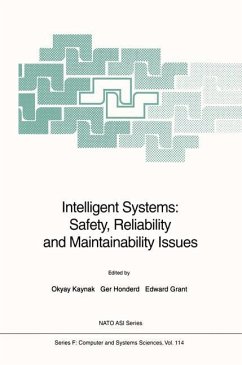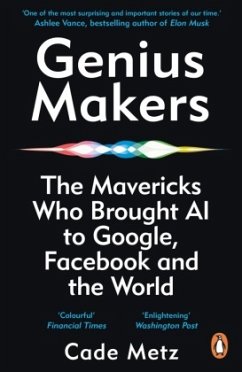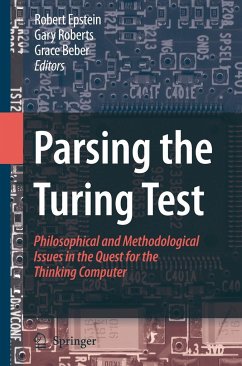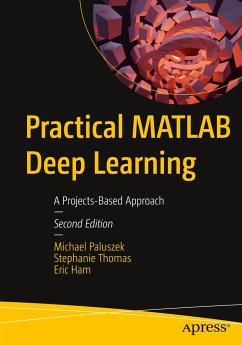
Artificial Intelligence
An Introduction for the Inquisitive Reader
Versandkostenfrei!
Versandfertig in über 4 Wochen
47,99 €
inkl. MwSt.
Weitere Ausgaben:

PAYBACK Punkte
24 °P sammeln!
Artificial Intelligence: An Introduction for the Inquisitive Reader guides readers through the history and development of AI, from its early mathematical beginnings through to the exciting possibilities of its potential future applications. To make this journey as accessible as possible, the authors build their narrative around accounts of some of the more popular and well-known demonstrations of artificial intelligence including Deep Blue, AlphaGo and even Texas Hold'em, followed by their historical background, so that AI can be seen as a natural development of mathematics and computer scienc...
Artificial Intelligence: An Introduction for the Inquisitive Reader guides readers through the history and development of AI, from its early mathematical beginnings through to the exciting possibilities of its potential future applications. To make this journey as accessible as possible, the authors build their narrative around accounts of some of the more popular and well-known demonstrations of artificial intelligence including Deep Blue, AlphaGo and even Texas Hold'em, followed by their historical background, so that AI can be seen as a natural development of mathematics and computer science. As the book moves forward, more technical descriptions are presented at a pace that should be suitable for all levels of readers, gradually building a broad and reasonably deep understanding and appreciation for the basic mathematics, physics, and computer science that is rapidly developing artificial intelligence as it is today.
Features:
Only mathematical prerequisite is an elementary knowledge of calculusAccessible to anyone with an interest in AI and its mathematics and computer scienceSuitable as a supplementary reading for a course in AI or the History of Mathematics and Computer Science in regard to artificial intelligence.
Features:
Only mathematical prerequisite is an elementary knowledge of calculusAccessible to anyone with an interest in AI and its mathematics and computer scienceSuitable as a supplementary reading for a course in AI or the History of Mathematics and Computer Science in regard to artificial intelligence.













